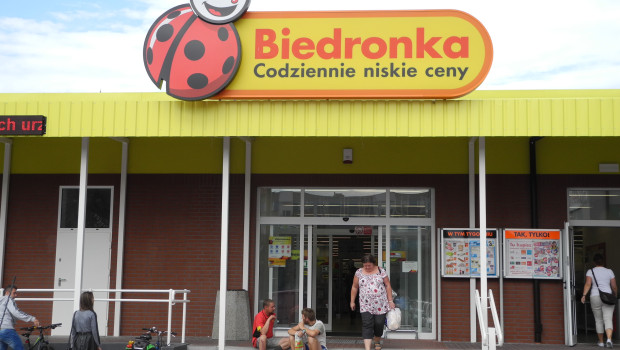In January, consumer prices in the euro zone increased by 8.6 per cent compared with the same month in 2022. This is according to the second estimate of the Eurostat statistical office in Luxembourg, which was revised slightly upwards from its first estimate of 8.5 per cent. In a monthly comparison, however, prices in the euro zone fell by 0.2 per cent in January. Inflation in the European currency zone thus tailed off for the third month in a row.
The annual inflation rate in the European Union in January 2023 was 10.0 per cent as compared with 10.4 per cent in December. The lowest annual rates were measured in Luxembourg (5.8 per cent), Spain (5.9 per cent), and Cyprus and Malta (6.8 per cent). The highest annual rates were in Hungary (26.2 per cent), Latvia (21.4 per cent) and the Czech Republic (19.1 per cent). Compared with December, the annual inflation rate was down in eighteen member states and rose in nine.
Energy prices continue to show the steepest rises, even if at a lower level than in previous months. Food price rises also increased further at the beginning of the year.

 Menü
Menü







 Print - digital - online
Print - digital - online








